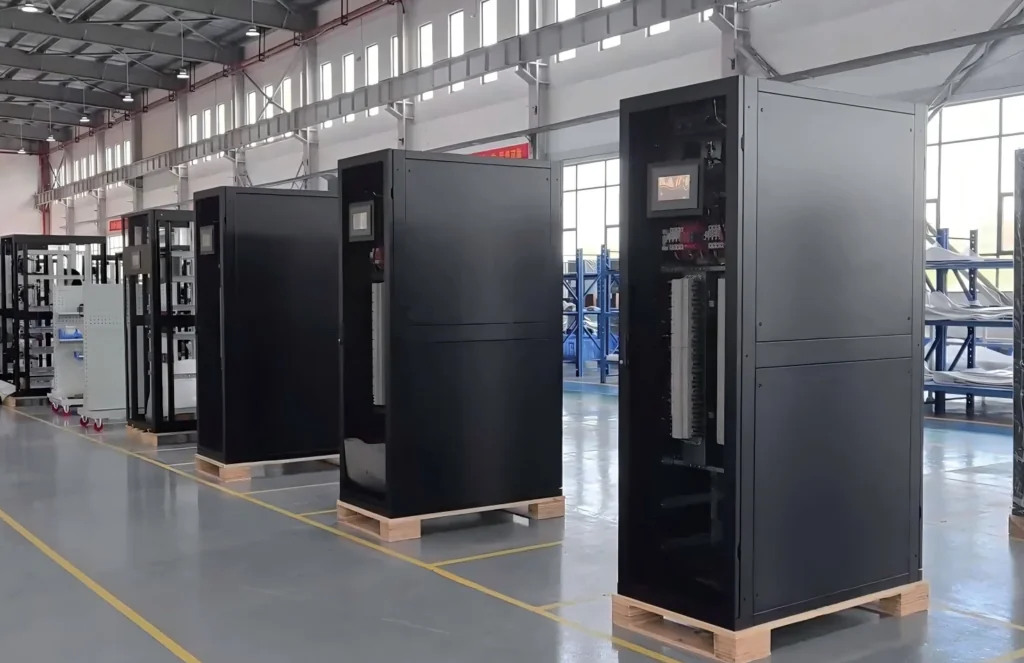What Are You Looking For?
As digital services continue to shape the way we work, live, and communicate, data centers have become the core infrastructure behind this transformation. Whether supporting cloud platforms, artificial intelligence, online transactions, or real-time communications, these facilities must operate with maximum reliability. In such a context, ensuring uninterrupted power supply is essential—not optional.
Even brief power outages can lead to service disruption, data loss, or hardware damage. That’s why having a robust, integrated backup power system is fundamental to maintaining business continuity and operational stability.
Reliability Starts with Redundancy
In a mission-critical environment like a data center, there’s no room for single points of failure. That’s why redundancy is built into modern power infrastructure. Configurations such as N+1 or 2N ensure that if one power component fails or needs maintenance, a backup is immediately available to keep operations running without interruption.
However, redundancy is only effective when it’s part of a smart and responsive system. Backup components like generators, UPS units, and transfer switches must work together seamlessly. When managed by intelligent controllers and power management systems, they can distribute loads efficiently and switch power sources quickly—ensuring smooth transitions during unexpected events.

Speed Makes the Difference
The speed at which power transfers from utility to backup can have a big impact. Any delay, even just a few seconds, may cause dropped connections or data inconsistencies. That’s why fast-switching automatic transfer switches (ATS) are essential. With high-speed detection and response, modern ATS systems can handle the switchover with minimal or no impact on equipment.
Technologies such as closed-transition switching offer even greater protection by transferring the load between power sources without any interruption at all—ideal for sensitive systems that require constant uptime.
Remote Monitoring Ensures Control
Today’s data centers often operate across multiple sites and rely on remote teams. Having real-time visibility into power systems is crucial. Modern monitoring tools allow operators to track equipment status, fuel levels, alerts, and performance metrics from anywhere, enabling fast decision-making and proactive maintenance planning.
Integration with building management systems (BMS), DCIM tools, and enterprise software adds another layer of efficiency, bringing everything together in a centralized dashboard.
Built to Scale with Future Needs
As demand for digital services increases, so do the energy requirements of data centers. A well-designed backup power system should be able to scale accordingly. Modular generators, flexible controllers, and scalable monitoring platforms make it possible to grow power capacity without compromising reliability.
Cost-efficiency also matters. Intelligent load balancing, automated testing, and remote diagnostics help reduce operating costs and extend the life of power equipment—all while supporting long-term sustainability goals.
Conclusion
In today’s always-on world, backup power is not just a safeguard—it’s a core part of a data center’s design philosophy. With the right systems in place, operators can minimize risk, maintain uptime, and protect critical data.
At Coolnet, we understand the importance of stable power infrastructure. Our solutions are designed to deliver reliability, flexibility, and performance—helping data centers meet the demands of a connected future with confidence.